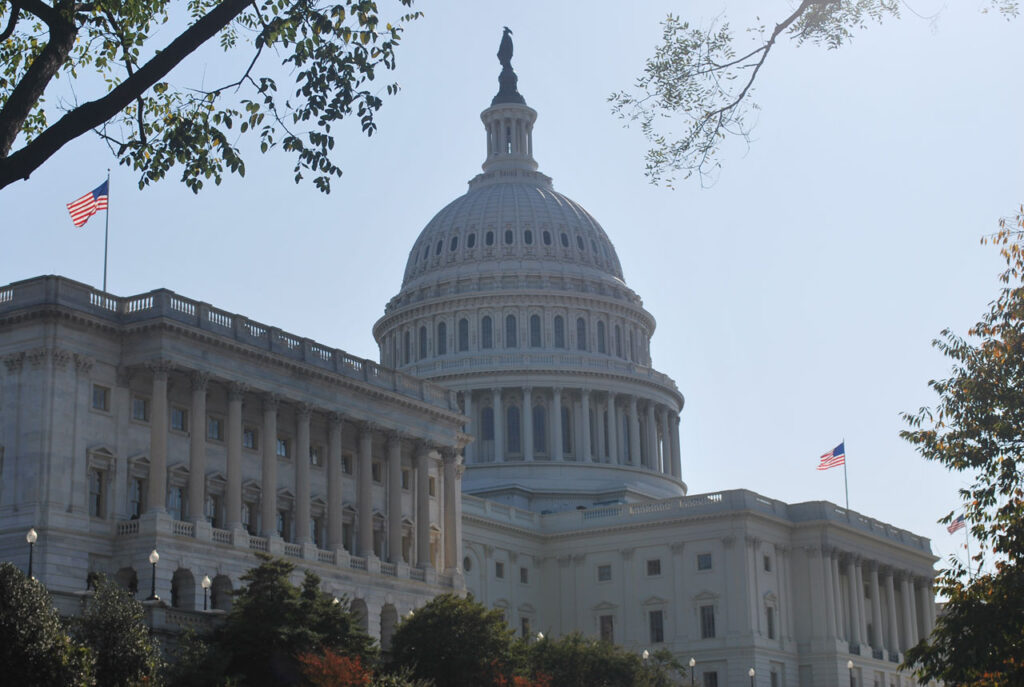Government Shutdown 2024 – In 2024, the United States faced yet another episode of government shutdown, stirring concern and frustration among citizens nationwide. This article delves into the causes, consequences, and aftermath of this significant event, shedding light on its implications for the nation.
Causes of the Government Shutdown
The shutdown stemmed from a political deadlock, with lawmakers unable to reach a consensus on key issues such as budget allocations and appropriations. Divisions between political parties exacerbated the situation, leading to a stalemate that crippled essential government functions.
Impact on Government Services
As the shutdown ensued, non-essential services came to a halt, affecting millions of Americans reliant on federal programs and assistance. Federal employees and contractors faced uncertainty, with many experiencing financial strain due to furloughs or delayed payments.
Economic Ramifications
The shutdown reverberated through the economy, disrupting business operations and consumer confidence. Small businesses, in particular, bore the brunt of the fallout, grappling with diminished consumer spending and regulatory uncertainties.
Public Response and Opinion
Citizens expressed frustration and disillusionment with government leaders, criticizing their inability to prioritize the public’s interests over partisan agendas. Social media platforms buzzed with discontent, amplifying calls for accountability and swift resolution.
Efforts to Resolve the Shutdown
Amid mounting pressure, political leaders engaged in negotiations to end the shutdown, exploring temporary funding measures to reopen government agencies and services. However, progress remained slow, prolonging the ordeal and deepening public frustration.
Long-Term Consequences
The shutdown inflicted lasting damage to government credibility, eroding public trust in elected officials and institutions. Its repercussions extended beyond immediate disruptions, casting a shadow over future policymaking and governance.
Comparisons to Previous Shutdowns
Drawing parallels to past shutdowns, analysts highlighted systemic flaws in budgetary processes and political dynamics. Lessons learned from prior experiences underscored the need for structural reforms to avert similar crises in the future.
International Perception
The shutdown garnered attention on the global stage, with international observers scrutinizing the U.S. government’s ability to govern effectively. Foreign governments and organizations voiced concern over the implications of political gridlock on diplomatic relations and global stability.
Social Media and News Coverage
Social media platforms served as a battleground for discourse, with users exchanging opinions and analysis on the shutdown’s causes and consequences. News outlets provided extensive coverage, dissecting developments and offering insights into the evolving situation.
Potential Solutions to Prevent Future Shutdowns
Calls for reform echoed across political aisles, with stakeholders advocating for measures to prevent future shutdowns. Proposals ranged from revising budgetary procedures to imposing penalties for lawmakers’ failure to reach timely agreements.
Legal and Constitutional Implications
Legal scholars examined the constitutional dimensions of the shutdown, analyzing the government’s authority to allocate funds and operate essential services during periods of political impasse. Legal challenges underscored the need for clarity and adherence to constitutional principles.
The Role of Public Opinion in Policy Making
The shutdown underscored the influence of public sentiment on policymakers, highlighting the imperative of responsive and accountable governance. Calls for greater transparency and public engagement gained traction, signaling a potential shift in political dynamics.
Lessons Learned and Moving Forward
As the nation emerged from the shutdown, reflection on its impact prompted soul-searching and introspection. Key stakeholders vowed to heed the lessons learned, committing to proactive measures to safeguard against future crises and uphold democratic principles.
Conclusion
The government shutdown of 2024 served as a sobering reminder of the consequences of political dysfunction and partisan brinkmanship. Its reverberations extended far beyond bureaucratic disruptions, shaking public confidence in the ability of elected officials to govern responsibly and effectively.
FAQs
- What caused the government shutdown in 2024?
- The shutdown resulted from political deadlock and disagreements over budget allocations.
- How did the shutdown impact government services?
- Essential services were suspended, affecting millions of Americans and causing financial strain for federal employees and contractors.
- What were the economic ramifications of the shutdown?
- The shutdown disrupted business operations and consumer confidence, particularly impacting small businesses.
- What efforts were made to resolve the shutdown?
- Political leaders engaged in negotiations and explored temporary funding measures to reopen government agencies.
- What lessons can be learned from the shutdown?
- The shutdown underscored the need for structural reforms to prevent similar crises in the future.





